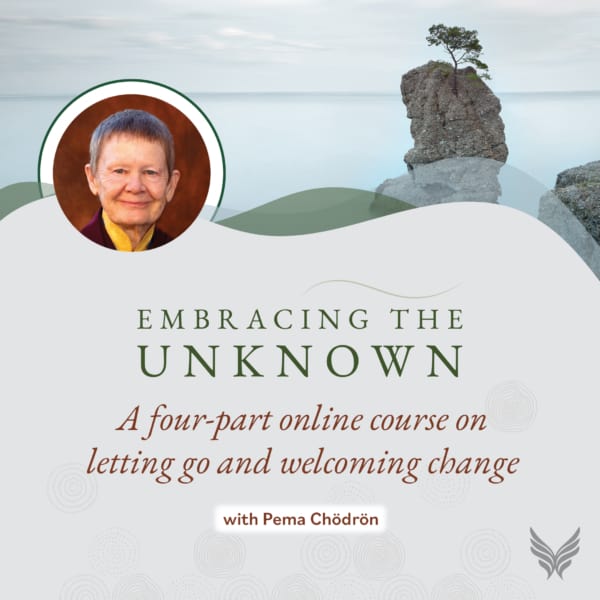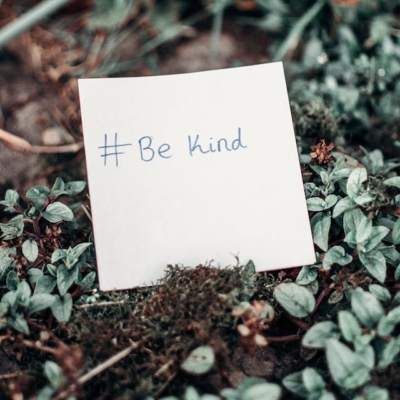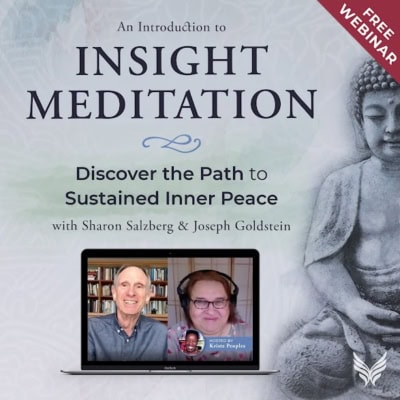How to Be the Change You Want to See in the World..Let’s Put it Into Context
S1 E13
 This week’s episode of The Awakening Quest Podcast: 1001 Ways to Conscious, Elevated Living” is all about Mahatma Gandhi’s quote,
This week’s episode of The Awakening Quest Podcast: 1001 Ways to Conscious, Elevated Living” is all about Mahatma Gandhi’s quote,
“Be the change you want to see in the world.”
What does “be the change you want to see in the world” mean, and how can we contextualize it?
Today, I’m here to guide you through a deeper understanding of ‘being the change’ within the framework of Dr. David R. Hawkins’s Map of Consciousness® and ConsciousnessCalibrations.com Map of Spiritual Progress. This understanding is crucial for our personal development, spiritual awakening and growth and the betterment of the world.
To truly ‘be the change,’ we must refrain from pointing fingers and blaming others. This shift in perspective is a key step towards personal transformation.
You have to be willing to:
- Step into courage, as it takes courage to change,
- Accept you are the creator of your own experience (because in truth, according to consciousness calibrations, you are!),
- Be honest with yourself, and
- Learn to cultivate compassion and understanding for lower levels of consciousness as played out, perhaps unwittingly, by you, other people, and the rest of the world.
Planet Earth is of lower consciousness. The planet calibration fell below 200 on the Map of Spiritual Progress for the first time since 1986, during the COVID-19 lockdown.
Let’s Put the True Power of Mahatma Gandhi Into Context
 I will introduce Mahatma Gandhi’s level of consciousness.
I will introduce Mahatma Gandhi’s level of consciousness.
His level of consciousness was 760 on the Map of Consciousness, which is the Mystic’s level.
According to ConsciousnessCalibrations.com, Gandhi’s All Dimensions, All Points of Observation ( ADAP) calibration is
cal. 540 (195 – 600)
His normative range includes a small chunk of non-integrity. The large range explains the paradox of one person producing both of these: Gandhi on non-violence during WWII and Gandhi’s prayer for peace.
His level of consciousness was 540 on the Map of Consciousness which is that of one who is unconditionally loving and joyful. At the high end of 600, he’s an enlightened human being.
Other people and concepts that calibrate in the 540’s are:
- Jesus Christ’s LOC at birth – 540
- Love contains reason– 540
- Level at which one no longer projects shame – 540
- Depression results from the energy suppression of the heart and the thymus – 540
- Non-involvement as a spiritual practice – 540
It is a rare human being that calibrates at 600 or above on the Map of Spiritual Progress, and at the last calibration that I am aware of, there were only 12 people on the planet calibrating above 600!
It’s a significant gift to the human race to have individuals calibrate above 500 on the planet as they offset or counterbalance the consciousness of millions of people under 200 on the map.
I discuss the higher levels of consciousness, and how choosing to let go of lower levels of consciousness can raise your level of consciousness and actually “be the change you want to see in the world” because your level of consciousness counterbalances significant numbers of people (1,000’s and millions) that calibrate below 200 on the Map of Consciousness.
The higher your level of consciousness, the greater your ripple effect on the world and your ability to “be the change you want to see in the world.”
Per Dr. Hawkins Book Power VS Force (page 303), kinesiologic testing has shown that:
 One individual that calibrates at 300 on the MOC, counterbalances the negativity of 90,000 individuals below 200 on the MOC.
One individual that calibrates at 300 on the MOC, counterbalances the negativity of 90,000 individuals below 200 on the MOC.- One individual that calibrates at 400 on the MOC, counterbalances the negativity of 400,000 individuals below 200 on the MOC.
- One individual that calibrates at 500 on the MOC, counterbalances the negativity of 750,000 individuals below 200 on the MOC.
- One individual that calibrates at 600 on the MOC, counterbalances the negativity of 10,000,000 individuals below 200 on the MOC.
- One individual that calibrates at 700 on the MOC, counterbalances the negativity of 70,000,000 individuals below 200 on the MOC.
- One individual that calibrates at 1000 on the MOC, counterbalances the negativity of ALL OF MANKIND!
- 12 individuals at 700 = 1 Avatar at 1000
Per Wikipedia: Mohandas Karamchand Gandhi (/ˈɡɑːndi, ˈɡændi/;[2] 2 October 1869 – 30 January 1948) was an Indian lawyer,[3] anti-colonial nationalist,[4] and political ethicist,[5] who employed nonviolent resistance to lead the successful campaign for India’s independence from British Rule,Support the show
Here’s Links to Purchase Dr. David R. Hawkins Books:
What specific steps can be taken to enhance one’s consciousness level, in other words “Be the Change”?
Increasing one’s level of consciousness and expanding awareness often involves practices such as:
- self-reflection,
- seeking out new experiences,
- exploring different perspectives,
- practicing empathy,
- studying philosophy and spirituality, and
- engaging in continuous learning and personal and spiritual development.
These practices can help individuals become more present, reflective, and open-minded, ultimately leading to a deeper understanding of themselves and their world.
How can one apply the concept of “being the change” in their everyday life?
1. Volunteer: Get involved in volunteer work in your community or support a cause that you are passionate about. By taking action and contributing your time and effort, you embody the change you want to see.
2. Practice Kindness: Make a conscious effort to be kind and compassionate toward others daily. Small acts of kindness can have a ripple effect and inspire others to do the same.
3. Embrace Sustainability: Adopt eco-friendly habits such as reducing waste, recycling, conserving energy, and supporting sustainable practices. By making environmentally conscious choices, you contribute to positive change for the planet.
4. Educate and Advocate: Raise awareness about important issues and advocate for positive change in your community. Sharing knowledge and engaging in discussions can inspire others to join in creating a better world.
5. Lead by Example: Live by the values you believe in and set a positive example for those around you. Your actions can inspire others to follow suit, Whether in your workplace, social circles, or family.
An Introduction to Insight Meditation
Discover the Path to Sustained Inner Peace
Join world-renowned teachers Sharon Salzberg and Joseph Goldstein in a FREE webinar to discover:
- How meditation can help you shift from stress and anxiety to genuine happiness and peace
- Why this type of meditation stands out as a timeless path to transformation and awakening
- Mindfulness and lovingkindness practices to get your meditation practice started today
Based on the Top Selling Online Course from Sounds True.
What are some practical steps for refraining from pointing fingers and blaming others?
Some practical steps for refraining from pointing fingers and blaming others include:
1. Practice self-awareness: Reflect on your actions and reactions before attributing blame to others.
2. Encouraging open communication: Create an environment where individuals feel comfortable expressing themselves without fear of judgment.
3. Seeking solutions: Instead of assigning blame, focus on finding solutions to the issues.
4. Practicing empathy: Put yourself in the other person’s shoes and try understanding their perspective before jumping to conclusions.
5. Taking responsibility: Acknowledge your role in any situation and hold yourself accountable for your actions.
By following these steps, we can create a more positive and constructive environment in which people can work together to find solutions rather than point fingers.
This is one way to become the change we want to see in this world.








Leave a Reply